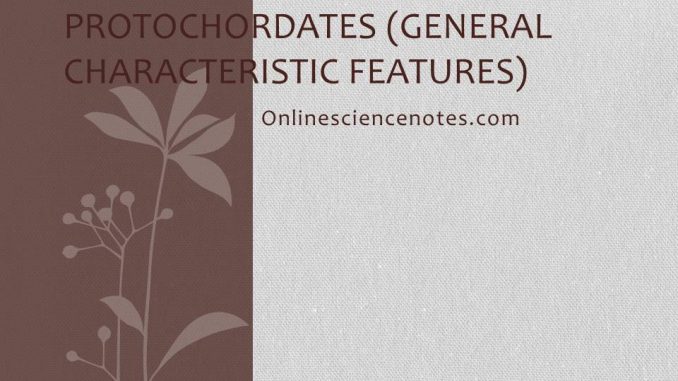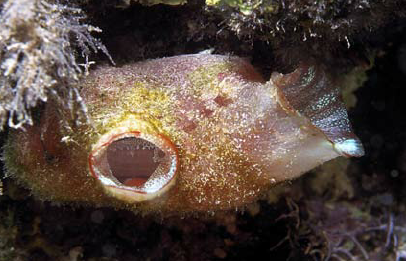
- Protochordates are commonly called lower chordates.
- They lack a head and a cranium, so they are also known as Acraniata.
- Protochordates consists of three sub-phyla based on the property of notochord. They are Hemichordata, Urochordata and Cephalochordata.
1. Hemichordata:
- All hermichordates are marine. Some are solitary and slow moving, others are sedentary and colonial.
Body structure:
- Body is stout and unsegmented, and has a worm–like or vase–like
- Three distinct regions namely proboscics, collar and trunk are present.
- They are bilaterally symmetrical and triploblastic.
- They have organ-system level of organization.
Appendages:
- There are no locomotory appendages. The collar may bear arms and tentacles.
- Body wall consists of single layered epidermis and musculature of smooth longitudinal fibres.
- Their body consists of a true coelom with 3 parts corresponding to the 3 body divisions: an unpaired proboscis coelom, a paired collar coelom and a paired trunk coelom.
Digestive tract and respiration:
- Digestive tract is complete. Proboscis contains a hollow out growth from the gut, called the buccal diverticulum or stomochord and was regarded as notochord in the past.
- All feed on microorganisms and debris by filtering or ciliary mechanism.
- Respiration occurs by a pair to numerous pairs of gill slits or through the general body surface.
Circulatory system:
- Circulatory system includes a dorsal heart, two main longitudinal vessels; a dorsal and a ventral, interconnected by small lateral vessels and sinuses.
- Blood is colorless and without corpuscles.
Nervous system and excretory system:
- Nervous system is diffuse consisting of an epidermal plexus of nerve cells and nerve fibers.
- Excretory system comprises of a proboscis gland, or glomerulus, situated in the proboscis and connected with the blood vessels.
Reproduction:
- Sexes are separate or united. The gonads may be in several pairs or only one in pair.
- Fertilization is external or internal. Asexual reproduction may occur.
- Development may include a free-swimming tornaria larva.

Examples: Balanoglossus (the acorn worm), Cephalodiscus, Rhabdopeura etc.
2. Urochordata or Tunicata:
- They are marine, mostly sessile, filter–feeders.
- Body is enclosed in a leathery test or tunic sheath, composed of tunicin (cellulose) so called tunicates.
- The notochord occurs only in the tail of larva and disappears in the adults called retrogressive metamorphosis.
- The nerve chord (neural tube) is present in the larva, but is replaced by a single dorsal ganglion in the adult.
- The gill slits or stigma are numerous, persist in the adults and open into the atrium, instead of opening to the exterior. There are no true gills but are called branchial basket.
- Circulatory system is of open type. Blood consists of Venadocytes.
- Excretory system is lacking.
- Asexual reproduction occurs by budding.

Examples: Herdmania, Salpa, Doliolum etc.
3. Cephalochordata:
- They are also marine and filter-feeders.
- The notochord extends up to the cephalic or head region and persists throughout the life.
- The nerve chord persists throughout the life, but no brain is formed.
- Excretion occurs by solenocytes.
- The gill slits are numerous and persist in the adults. They open in atrium and true gills are absent.
- The body wall consists of myotomes.
- Tail persists throughout the life.

Examples: Amphioxus